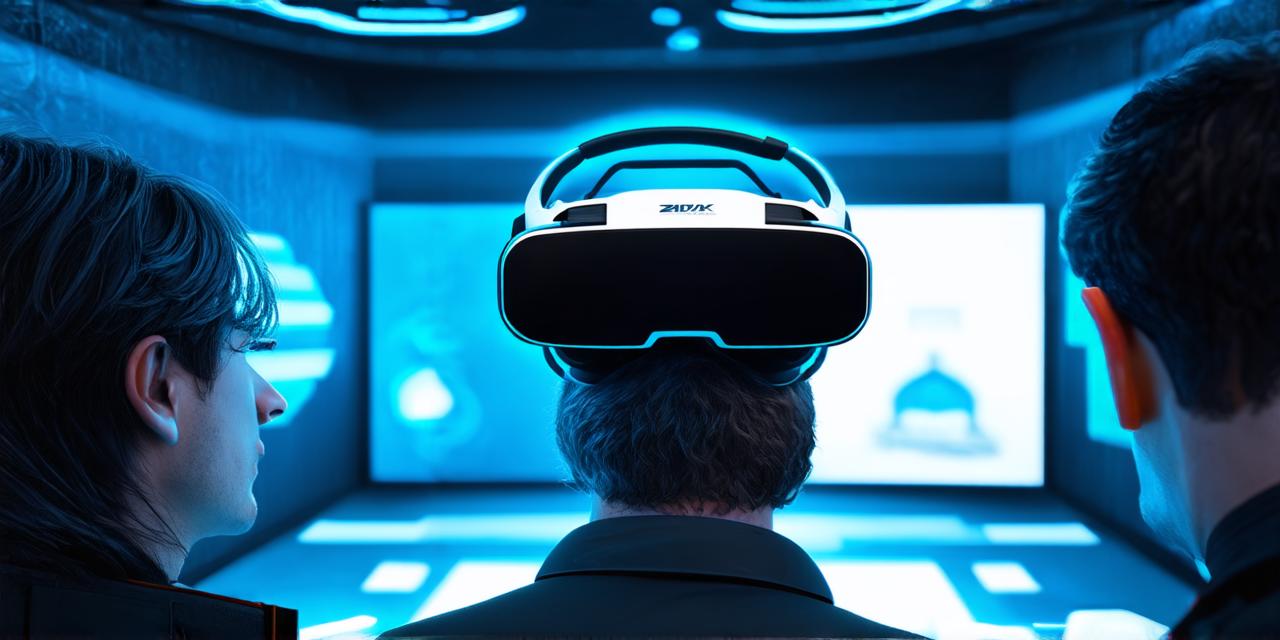Mixed reality (MR) technology has been around for a while now, but it’s only in recent years that we’ve seen it being widely adopted by various industries.
MR is essentially a combination of augmented reality (AR) and virtual reality (VR), where the user can interact with both physical and digital objects within the same environment.
One of the main reasons why MR technology has gained popularity is because of its ability to provide a more immersive experience for the user. By blending the real world with virtual elements, MR allows users to see and interact with digital objects as if they were real, while still remaining grounded in their physical surroundings. This can be particularly useful in fields such as education, healthcare, and manufacturing, where hands-on training and visualization are crucial for success.
Another advantage of MR technology is that it allows for increased collaboration and communication between team members. By using MR, individuals from different locations and backgrounds can work together in a virtual space, sharing ideas and insights in real-time. This can be particularly useful for businesses that operate on a global scale, or for organizations that have employees who are spread across different time zones.
However, there are also some potential drawbacks to MR technology. One of the main concerns is that it can be quite expensive, especially when compared to traditional AR and VR technologies. Additionally, MR requires specialized hardware and software, which may limit its accessibility to smaller businesses or individuals.
Another concern is that MR technology can be quite complex and difficult to use, particularly for those who are not tech-savvy. This can lead to frustration and decreased productivity, as users struggle to navigate the virtual environment and interact with digital objects.
Overall, whether or not mixed reality technology is legitimate depends on a variety of factors, including its cost, accessibility, and usability. While there are certainly some challenges associated with MR, it has also shown significant potential for improving various industries and enhancing user experiences. Ultimately, it’s up to individuals and organizations to carefully consider the pros and cons of MR technology before deciding whether or not it’s a legitimate investment for their needs.



